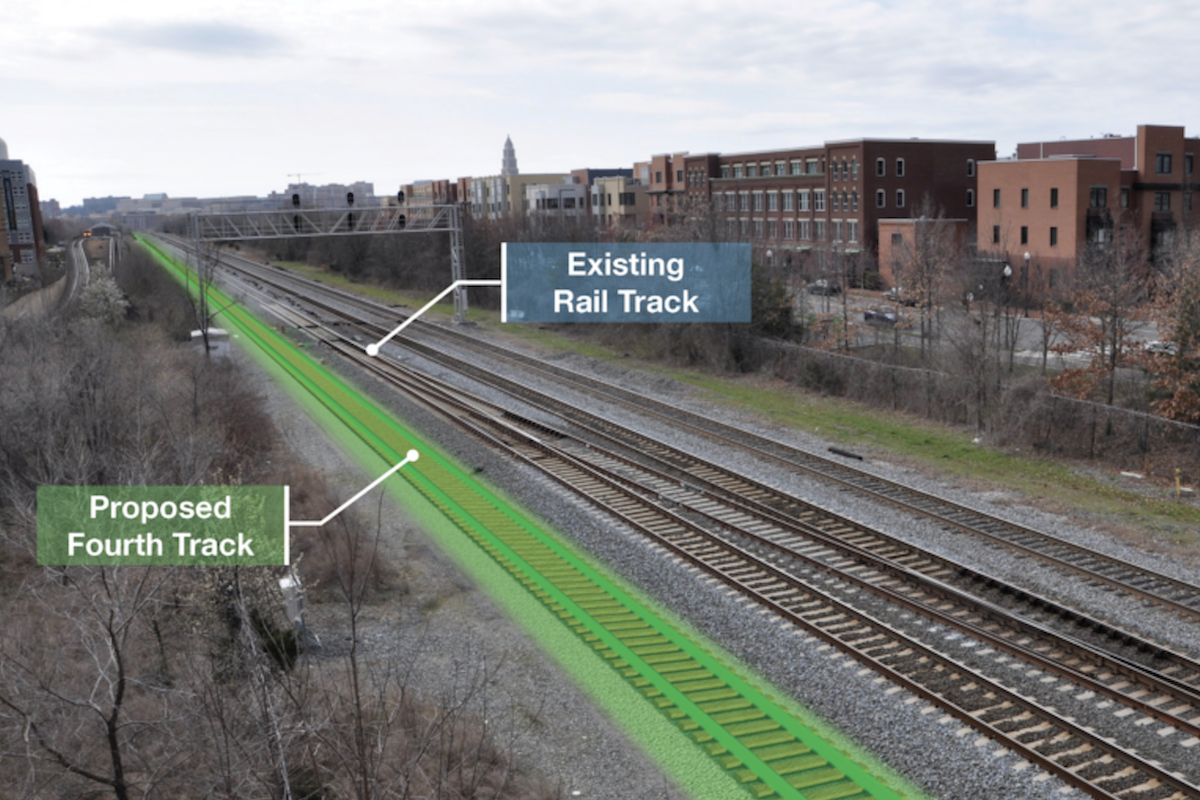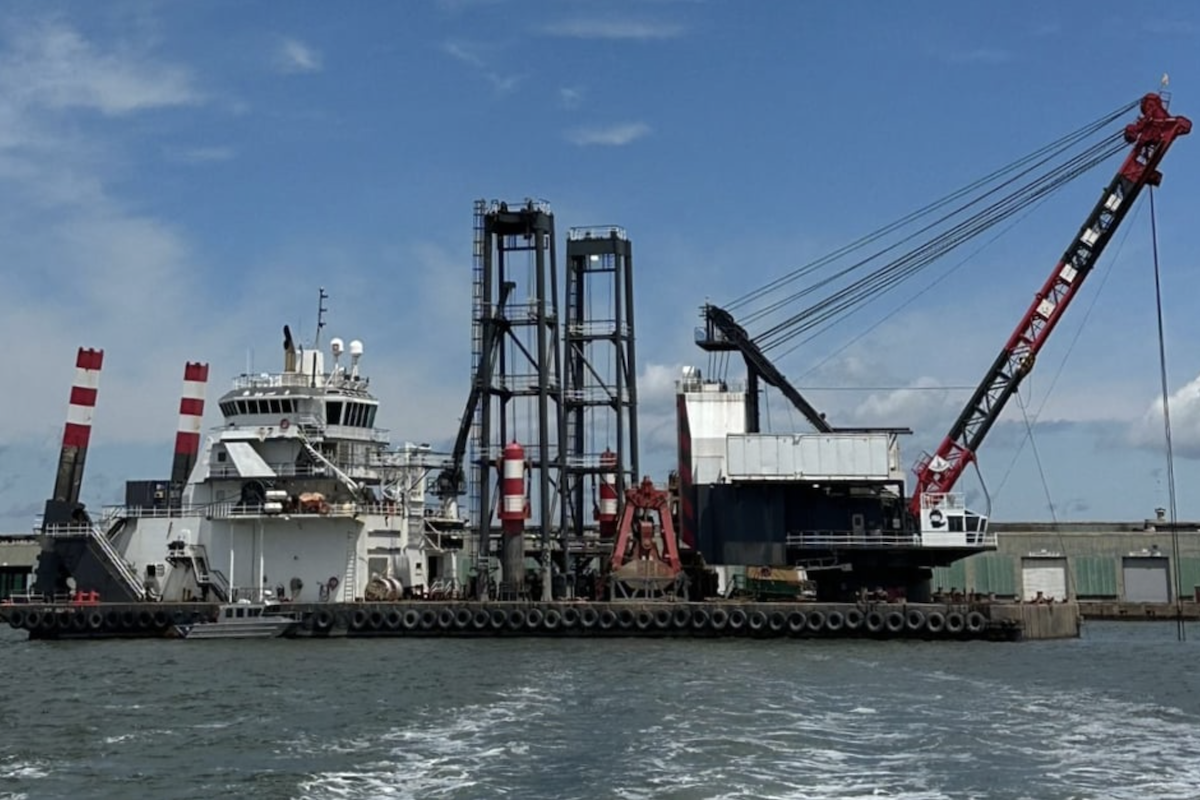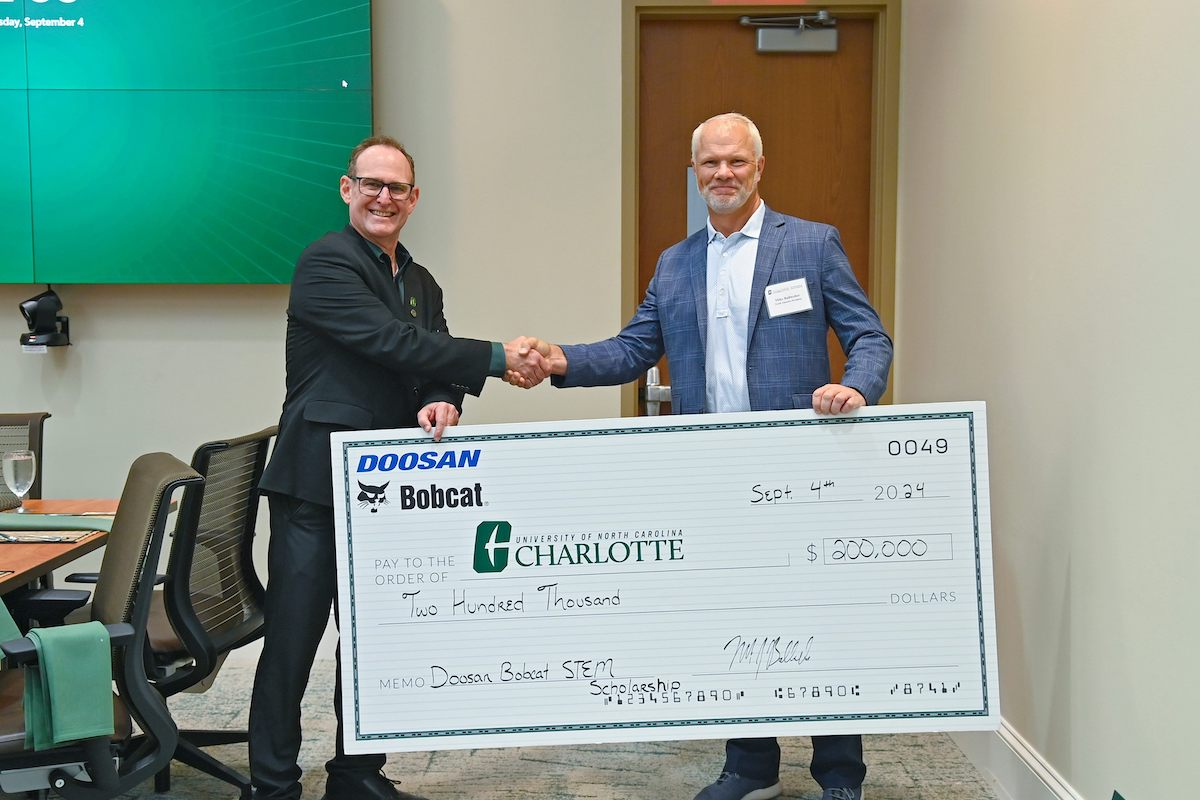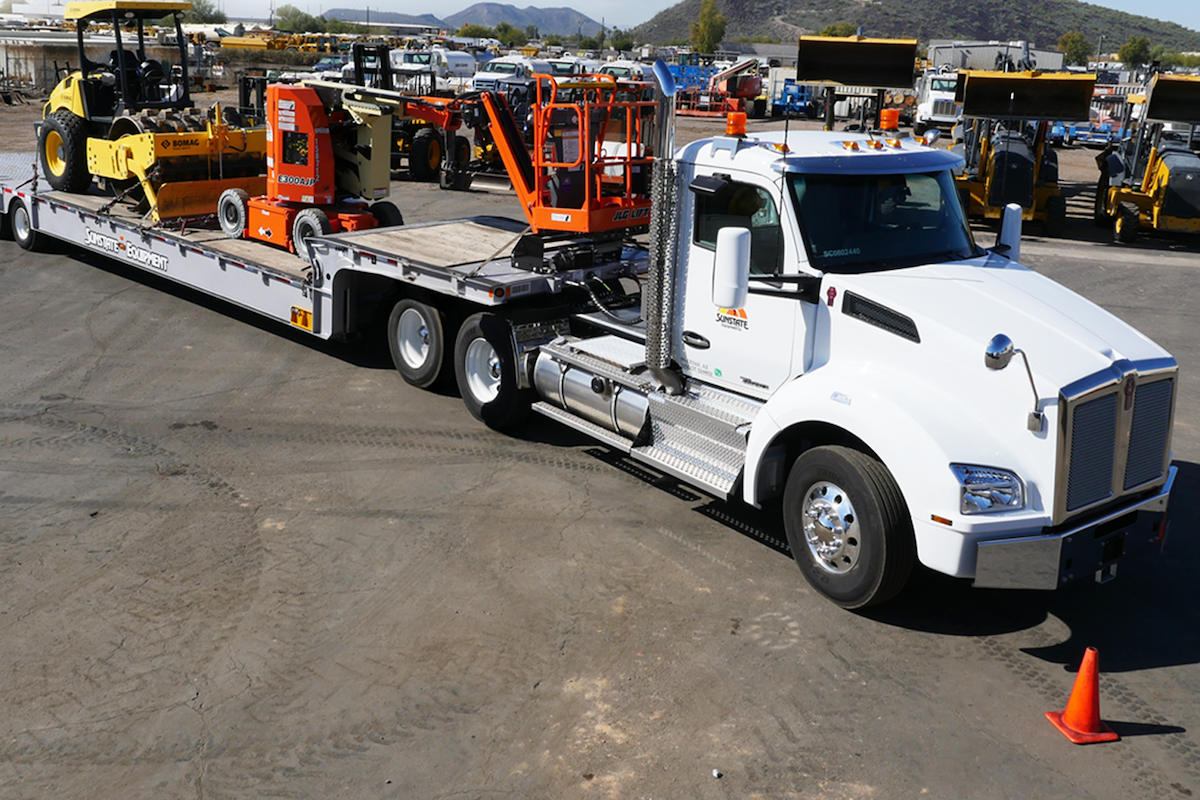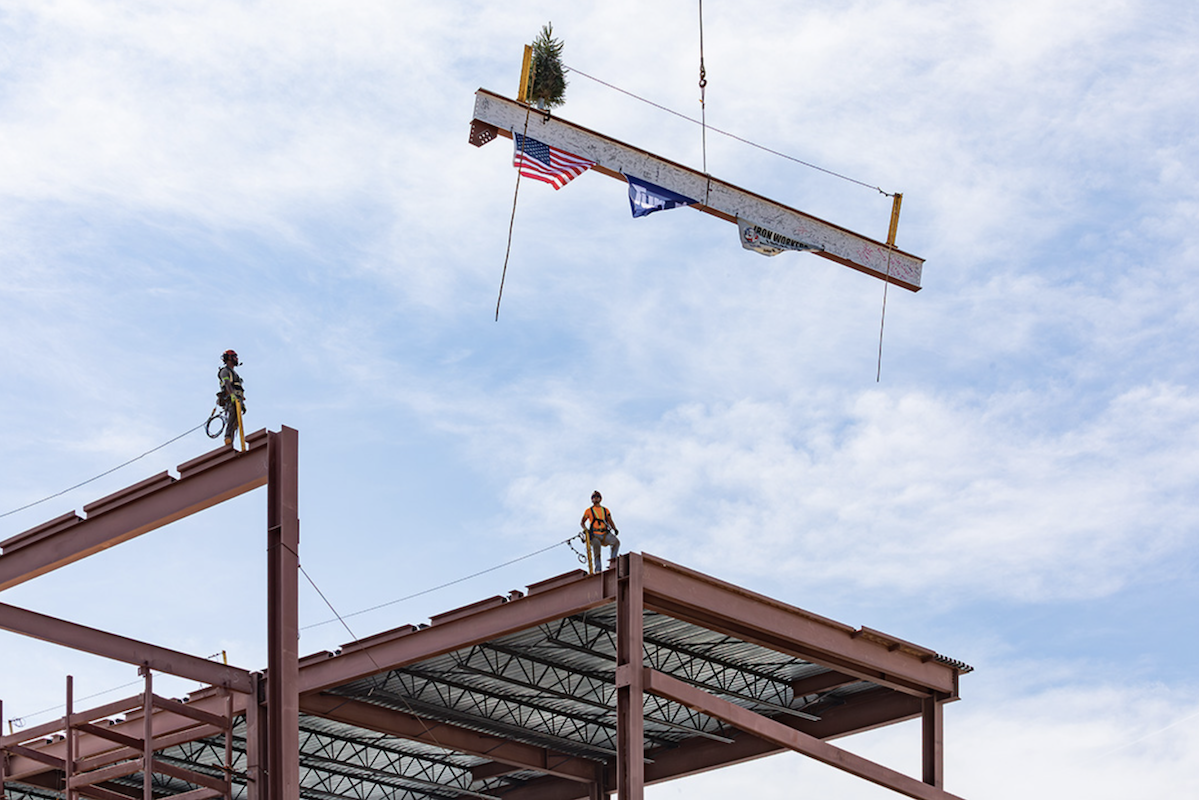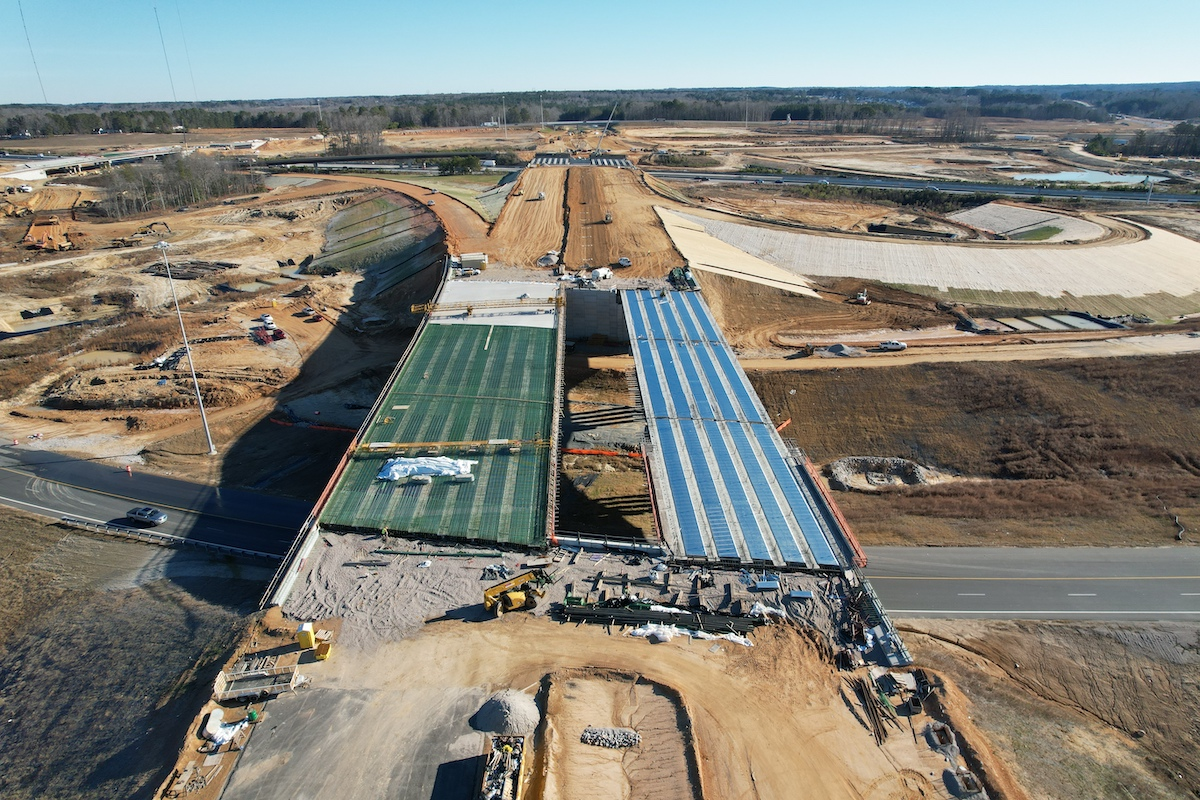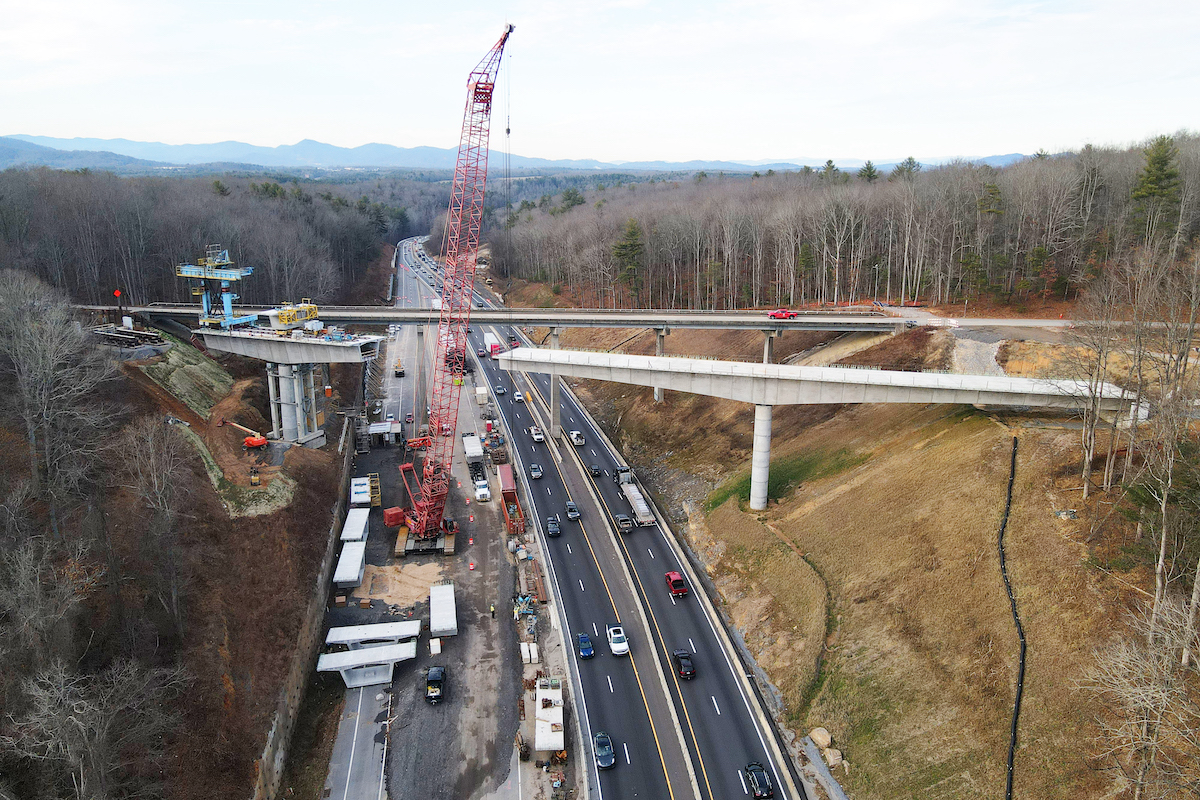The labor shortage has put the heavy civil/infrastructure construction industry under pressure to increase efficiency and performance despite a decline in one of its most critical resources: people.
For some, the labor shortage may represent a crisis. For others, it represents an opportunity for transformation, as companies can turn many of the dull, dirty, and dangerous tasks that are more difficult to fill over to automated — or even autonomous — sources.
Traditionally, construction is associated with heavy equipment, high costs, lengthy project schedules, and, at its heart, manual labor. This approach hasn’t changed much in the past three decades. And, combined with a labor shortage, costs will only get higher with schedules delayed even longer.
In addition, as older workers retire, new workers need time to gain the necessary experience to reach the efficiency of the workers they are replacing. Consequently, productivity may decline, as can the quality of work. Furthermore, safety and material waste become more of an issue when workers are stressed to perform beyond their capabilities.
A new approach is required, one that takes advantage of technology — in particular, automation technology that can perform the same tasks consistently, accurately, and quickly.

| Your local Wirtgen America dealer |
|---|
| Dobbs Equipment (SC) |
There are many ways to bring automation to the process, including:
- Autonomous mobile robots (AMRs) can assist in transporting soil, gravel, sand, concrete, and demolition debris to where they are needed and perform some assembly tasks.
- Robots and drones can take over inspecting, repairing, and maintaining roads, bridges, and tunnels.
- Robots can lay bricks, paint, and even install components.
Robots can often go where human workers cannot, which can improve productivity, accuracy, operational efficiency, and safety. They also free up human workers to perform other tasks that robots and other automated tools cannot handle.
In short, automation can extend the capabilities of the existing labor base, allowing them to focus more on value-added work and less on tasks better done by machines. For example, instead of a worker spending time manually moving materials around a job site, that same worker can spend more time on higher-value tasks such as planning and management while an AMR moves materials.
In addition to easing the burden of the labor shortage, robotics and automation can have a significant impact on overall productivity, profitability, and waste reduction figures. Enhancing the efficiency of individual workers through automation can also substantially boost productivity. And these are not the only results — increased efficiency enables contractors to meet project deadlines and fulfill customer expectations faster.

| Your local Volvo Construction Equipment dealer |
|---|
| Richmond Machinery & Equipment |
Automation also brings improvements in quality through increased repeatability and precision. This is particularly evident in applications that involve cutting, welding, or other fabrication. Hand in hand with greater precision is waste reduction, which not only lowers costs but helps companies minimize their environmental footprint. Sustainability has become increasingly important, both because of public perception and to meet regulations.
Perhaps one of the most important benefits is increased worker safety. The construction sector overall saw 1,056 worker fatalities in 2022. Robots can reduce these deaths and injuries by replacing human workers on high-risk tasks like working at heights to install brackets for building facades or demolishing structures.
When people perform this kind of work, they need to be completely or partially positioned on the bridge or outside of a building, with safety risks increasing with the height. Automating hazardous tasks like these helps keep workers safe.
Initially, workers may perceive automation as something that will negatively impact their jobs. However, once they understand how automation frees them to be more productive, they are often more open to what automation offers.

| Your local Trimble Construction Division dealer |
|---|
| SITECH Mid-South |
These advantages can quickly offset the initial investment to get started. Future savings can be used to increase competitiveness, enhance workers’ benefits, and increase profit margins. Everyone can benefit, from workers to the end customers.
So why don’t we see more automation in heavy civil/infrastructure construction? Aside from a lack of labor in general, those with the experience or knowledge to program, operate, and maintain robotics systems are almost nonexistent. It is critical to understand who will be configuring and operating an automation system. Because the industry doesn’t commonly have specific operators for robotics, the implementation curve can be steep.
The automation industry is working hard to overcome these barriers to entry. By creating software-based management tools, the complexity of automation can be handled by a computer. For example, instead of trying to manually control AMRs around a work site, a fleet management system can allow an operator to set up tasks and have the computer do the heavy lifting, so to speak. In effect, these tools reduce the complexity of automation, making it easy to use — even for operators without a technical background.
For many contractors looking to invest in automation, the first few steps can be small as operators automate frequent or repetitive tasks to prove out automation technology with little risk. Trying to automate everything all at once can greatly increase the chance of failure.

| Your local Komatsu America Corp dealer |
|---|
| Linder Industrial Machinery |
Those new to automation can benefit from working with an automation partner. In the same way crews rely on an architect to create a blueprint, companies can work with automation experts who understand their business. From the start, this will create an environment that takes future needs and goals into consideration, ensuring that solutions are scalable and adaptable and that investments aren’t limited solely to the initial project.
Infrastructure projects are dynamic and often outdoors, impacted by fluctuating temperatures, precipitation, and other factors, coupled with moving equipment and changes in where supplies are positioned. Utilizing robotics and automation for tasks such as prefabrication provides an opportunity for contractors to establish controlled, static environments, free from the risk and variables of an active construction site.
Once set up, automated sites are less costly to operate, reducing production and manufacturing costs and opening an opportunity for more consistent quality control.
Automation brings with it tools and technologies that are new to many companies. By partnering with automation experts, contractors can leverage even advanced automation technologies like computer vision, machine learning, and artificial intelligence.

| Your local Topcon Positioning Systems Inc dealer |
|---|
| Linder Industrial Machinery |
In this way, contractors can begin to transition manual tasks to automation with confidence that the investment will be worthwhile, generating returns for the company, workers, and citizens.
Deb Kling is the Vice President of Marketing at the Association for Advancing Automation, the leading global advocate for the benefits of automating. More information on the latest innovations in automation and robotics and how they can benefit contractors in their craft can be found at automate.org.
















